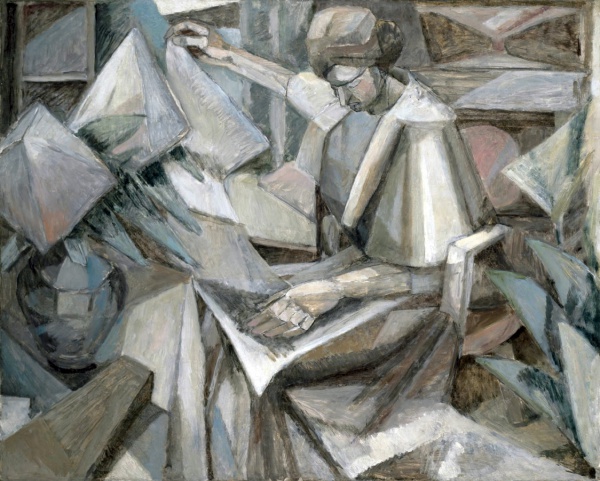Facts About La Femme aux Phlox
Albert Gleizes' 1910 painting "La Femme aux Phlox" also known as "Woman with Phlox" or "Woman with Flowers" is a significant work in the history of modern art. This artwork was first exhibited at the Salon des Indépendants in 1911, a pivotal event that marked the introduction of Cubism. The painting generated controversy, helping to disseminate Cubism throughout Paris, Europe, and beyond.
Gleizes and his contemporaries showcased "La Femme aux Phlox" in several influential exhibitions, including the Salon de la Section d'Or in 1912 and the International Exhibition of Modern Art, famously known as the Armory Show, in the United States in 1913.
The painting depicts a woman seated indoors with phlox flowers, merging the boundaries between interior and exterior spaces. Gleizes' use of geometric shapes and nuanced colors highlights his mastery in monochromatism. This work was part of a collection that contributed to the coining of the term "Cubism" in 1911.
The 1911 Salon des Indépendants was a landmark event in the art world, as Gleizes and other Cubist artists faced both criticism and acclaim. The term "Cubism" emerged from this exhibition, defining a new and revolutionary artistic movement. The 1913 Armory Show further introduced Cubism to American audiences, solidifying its impact on global art.
"La Femme aux Phlox" has since been displayed in numerous prestigious galleries and museums, underscoring its significance in the evolution of modern art. Gleizes' innovative use of form and perspective in this painting played a crucial role in the development of Cubism as a groundbreaking style.

 Mexico
Mexico